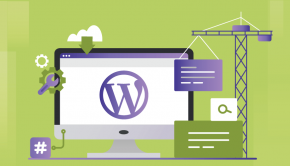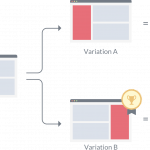10 Steps to Speed Up Your Image Heavy Website
Every second counts in the world of modern business, and that is never truer than when dealing with the company website. Modern consumers expect websites to load in no longer than two seconds while over 1 in 4 will exit a website that takes over four seconds to load. When added to the fact that Google’s algorithm uses page loading times as a key metric for ranking pages, this is an area you can’t get wrong.
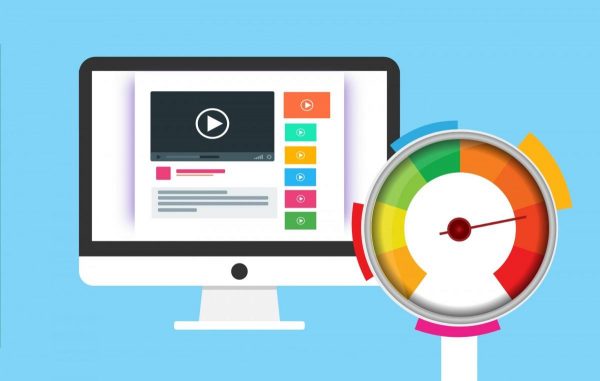
Speeding up the speed of your image heavy website is a key aspect of the web design process. Follow the simple steps below, and you won’t go far wrong.
#1. Choose the Right Web Host
The harsh reality is that the on-page elements will count for very little if the web hosting package isn’t up to the task. In addition to slow load times, an inadequate choice could lead to the dreaded 404 messages, which will discourage users from revisiting the site.
Whether launching a new site or revamping the current one, ensuring that you have the right host for this next chapter is vital.
#2. Select the Best Hosting Option
As well as choosing a reputable host, you need the right type of hosting. Knowing the pros and cons of shared hosting, VPS hosting, and dedicated servers is essential. If yours is a new website, you need to consider how your needs may change over the coming months.
Therefore, flexibility in your package is vital. Otherwise, you could face the same problems as when you select a bad host.
#3. Reduce HTTP Requests
It is suggested that a huge 80% of web loading time is consumed by downloading the various elements of the website. They are known as HTTP requests. Understanding how many your website makes will allow you to plot the next moves in style.
There are various web developer tools on the market, which can be used to list every request on the page. From here, you can note which items need addressing.
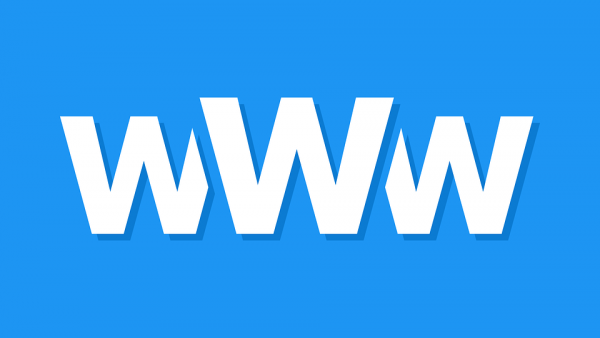
#4. Combine HTML, CSS, and JavaScript Files
HTML, CSS, and JavaScript files are three elements that have a huge influence on the site’s appearance. Web tools and plug-ins can be used to combine the three types of files to instantly reduce the number of requests and data transfers.
Meanwhile, minifying the files by removing unnecessary lines in the code can have a positive influence by reducing file sizes too.
#5. Change the Way Files Load
When loading a webpage, the various elements can download in two ways. They are Synchronously or Asynchronously. While the former means that each item is handled in the order that is stipulated by the code, the latter uses simultaneous processes.
Simply switching to the latter option can instantly boost the loading times because it will present the information from top to bottom.
#6. Defer Larger Items
Some of your web pages may include larger files, such as JavaScript. Rather than allowing this element to delay the whole page, sending it to the back of the line allows the rest of your page to load before then showing the larger file last.
Deferring JavaScript files can be done via HTML or dedicated plug-ins on CMS systems like WordPress et al.
#7. Reduce the TTFB Delay
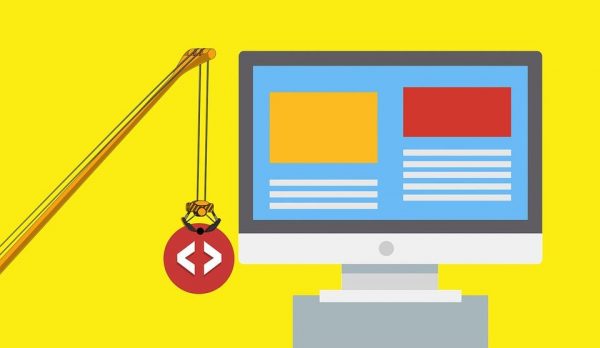
TTFB stands for Time to First Byte, and relates to the time needed for your browser to start downloading the data. This should be less than 200ms and a variety of developer tools will show you the current speed of your pages.
Several factors contribute to this, but enabling caching is probably the quickest way to make a positive impact.
#8. Use Image Compressing
Ensuring that files are at their smallest possible size without sacrificing the quality is an essential feature that cannot be ignored. Images don’t need to be shown in the original print quality, which is why using an image compressor is advised.
It’s not uncommon for this to reduce load times by up to 80%. For an image-heavy website, this step will make a world of difference. Resizing can help too.
#9. Use the Right CDN Delivery
A Content Delivery Network is essentially responsible for ensuring that images are transferred in the quickest possible time. A high-quality CDN will have nodes around the world. When a user receives the data from their nearest point, the info travels a shorter distance, resulting in fast speeds.
While this might not be the most important issue for small local businesses, any international website that uses lots of images will need to get this right for success.
#10. Be Ready for Mobile
Between half and two-thirds of all users access your website via mobile. Naturally, the small screens only require smaller images. When you select responsive images from the web developer backend through the use of ‘srcset’ and ‘sizes’ on the image tags, the speed will increase.
This is because the website will automatically select the right image size for the device in question, thus reducing data overloading and providing a better user experience.






